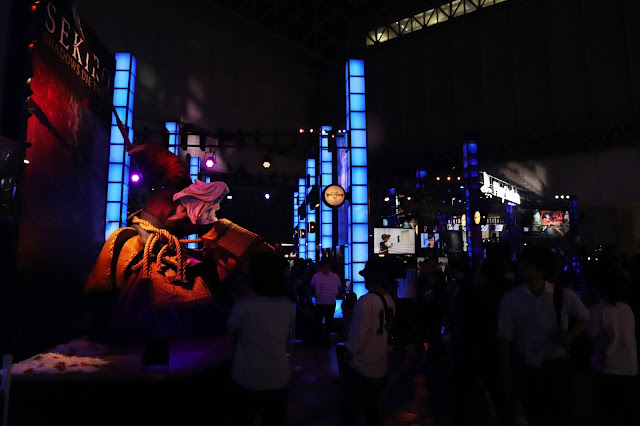Report by Matt S.
1) Indies are gold. Both Sony and Nintendo appear to have sponsored the indies section this year – or at least, where there was once “I <3 PlayStation” signs exclusively hanging over the section to remind everyone who is the indie’s best friend, this year there were a lot of Nintendo signs to go with it.











